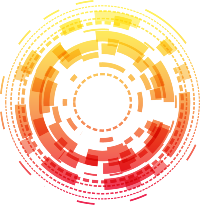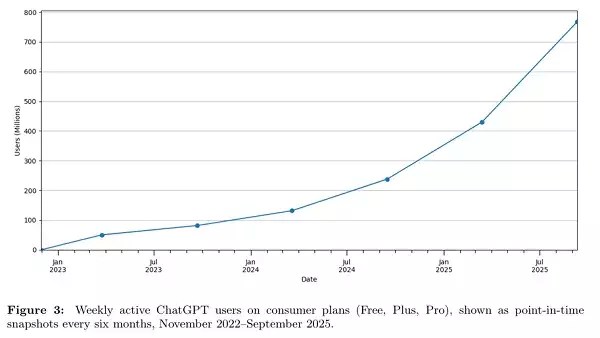In a relatively short span, ChatGPT has transformed from an experimental AI chatbot into a vital tool embraced by hundreds of millions worldwide. The trajectory of its growth—skyrocketing from just over a million users in late 2022 to hundreds of millions today—indicates a seismic shift in how we perceive and utilize artificial intelligence. This rapid adoption challenges traditional notions of AI as a niche technology, positioning ChatGPT as an indispensable companion for both personal and professional endeavors. Its pervasive presence suggests that humans are increasingly valuing AI not merely as a novelty, but as an extension of their cognitive and creative processes.
This exponential increase underscores a fundamental change: AI is no longer peripheral but central to the way we seek information, solve problems, and even shape decisions. The fact that ChatGPT has become linked to productivity and curiosity reflects a broader cultural movement towards integrating intelligent automation seamlessly into daily life. As the technology matures, it is poised to further redefine the boundaries of human-AI collaboration, fostering an environment where AI tools are expected, relied upon, and integrated into the fabric of everyday decisions.
The Changing Nature of Human-AI Interactions
Examining the patterns of usage reveals intriguing insights into evolving user behaviors. Despite the hype surrounding AI for creative writing, it appears that practical guidance and information-seeking dominate the conversations. According to recent data, about 77% of interactions revolve around these two core functions, with practical guidance maintaining consistency at roughly 29%. This stability suggests that users value AI as a reliable source for tutorials and how-to advice—highlighting a pragmatic turn in AI engagement.
Conversely, the decline in writing-related queries—from 36% to 24% within a year—may signal a plateau in AI’s role as a replacement for human creativity or traditional writing tools. Instead, the focus seems to shift toward AI as an assistant that enhances decision-making rather than replaces creative expression. The upward trend in seeking information—from 14% to 24%—may reflect a strategic pivot: AI becomes a search engine alternative, capable of providing nuanced, conversational responses that traditional search engines may not deliver as effectively.
Furthermore, the behavioral segmentation of queries into asking, doing, and expressing exposes prevalent human needs. While asking—seeking factual or decision-oriented data—dominates, there’s a noticeable decline in doing tasks for users. That is, fewer people are deploying ChatGPT as a task executor, such as writing emails or coding. This trend hints at a nuanced shift: users increasingly rely on AI for guidance and discovery rather than for outright task automation. It suggests a potent combination of humans’ desire for empowerment through information rather than outright outsourcing.
Implications for the Future of AI and Human Interaction
The evolving landscape prompts us to question whether AI tools like ChatGPT are truly living up to initial expectations. Many anticipated a future where AI would drastically replace human creativity and productivity through automation. While that prediction is partially true—especially in repetitive tasks—the predominant usage for seeking information and practical advice indicates that AI acts more as an enhancer than a replacer.
This trend also underscores a crucial insight: humans still seek control. They want AI to augment their decisions, provide clarity, and serve as a cognitive safety net rather than take over completely. The decreasing reliance on AI for doing tasks suggests users are cautious about ceding too much authority, preferring instead to maintain their agency while leveraging AI to inform and guide.
Critically, this shift invites a reevaluation of AI’s role—not solely as a tool that executes commands but as a collaborative partner that deepens human understanding. If AI can facilitate discovery without fully substituting creative or decision-making processes, it positions itself as an empowering force rather than a replacing one. This perspective encourages a more optimistic view: rather than viewing AI as a threat, we should see it as an extension of human intelligence—enhancing our capacity to learn, decide, and innovate.
The true potential of AI lies in its adaptability, and as usage patterns mature, it becomes evident that people do not want AI to take over but to augment their innate abilities. This transformation calls for developers and policymakers to prioritize transparency, ethical guidance, and user-centered design, ensuring that AI remains a force for positive growth rather than a source of dependency or complacency. The future of human-AI interaction, it seems, will hinge on striking this delicate balance—one where AI fosters creativity and discovery while empowering individuals to stay at the helm.

